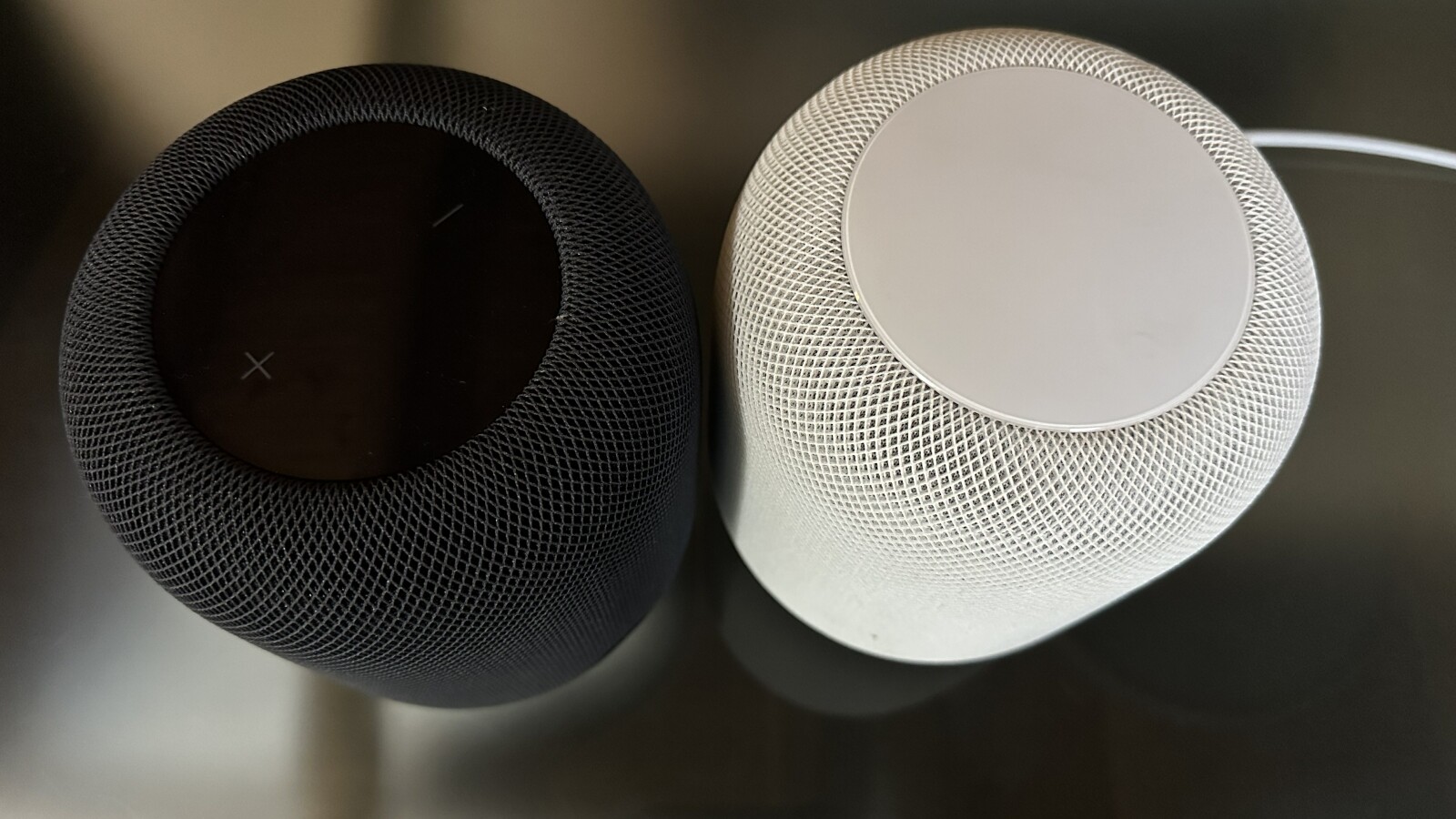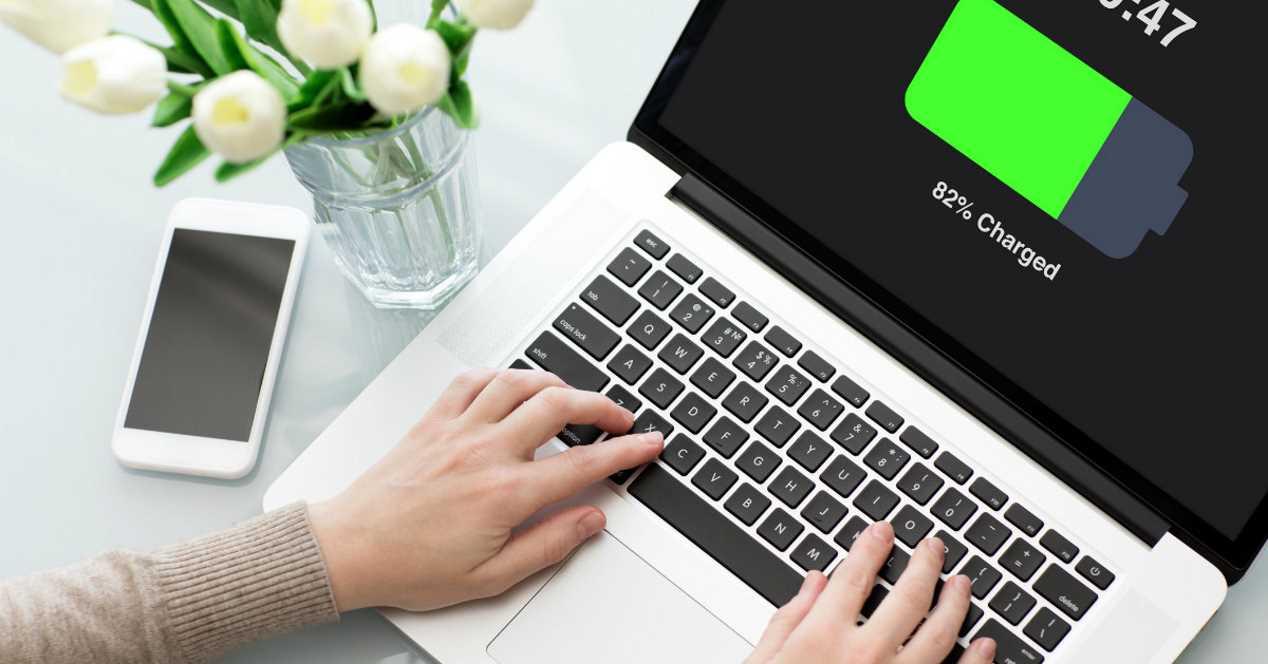According to Apple, only two HomePods of the same generation can be connected to form a stereo pair. Airfoil software bypasses Apple’s limitations.

Visually, the first generation of the HomePods (right) hardly differ from the new model. (Source: Netzwelt)
A HomePod alone sounds good, but not great. We found that out again in the test of the second-generation HomePod. Things are very different when you connect two HomePods together to form a stereo pair. That’s quite a big audio cinema.
Many owners of the first generation of HomePods, which were introduced in 2018 and are now only available from remainders, are now wondering whether it is possible to connect HomePod 1 and HomePod 2 to form a stereo pair.
The official answer from Apple is: no, you can’t. For stereo operation, two models of the same design and generation must be used. For example, you can create a stereo pair of two HomePod Minis. Or you can buy two HomePod 2 and have them play in the same room as a stereo pair. HomePod 1 and HomePod 2, however, can at best play the same song in separate rooms but not form a stereo pair.
This is where the Airfoil software comes into play. Like the US magazine 9to5Mac
A detailed guide on how to do this on macOS (both for models with an Intel chip and those with Apple Silicon) there is at this point.
Why doesn’t Apple allow this?
Even if the first-generation HomePod doesn’t look much different from the newly introduced second-generation model, there are technical differences. The number of built-in tweeters is probably the most serious for Apple. The first HomePod has seven, the new model only five. You can also see that here in the teardown.
We can only speculate, but believe that Apple wants to ensure that a stereo pair is perfectly matched. Subtle differences in the sound between the right and left speakers would spoil the audio experience.
Also interesting right now…
Don’t miss anything with the NETWORK-Newsletter
Every Friday: The most informative and entertaining summary from the world of technology!








